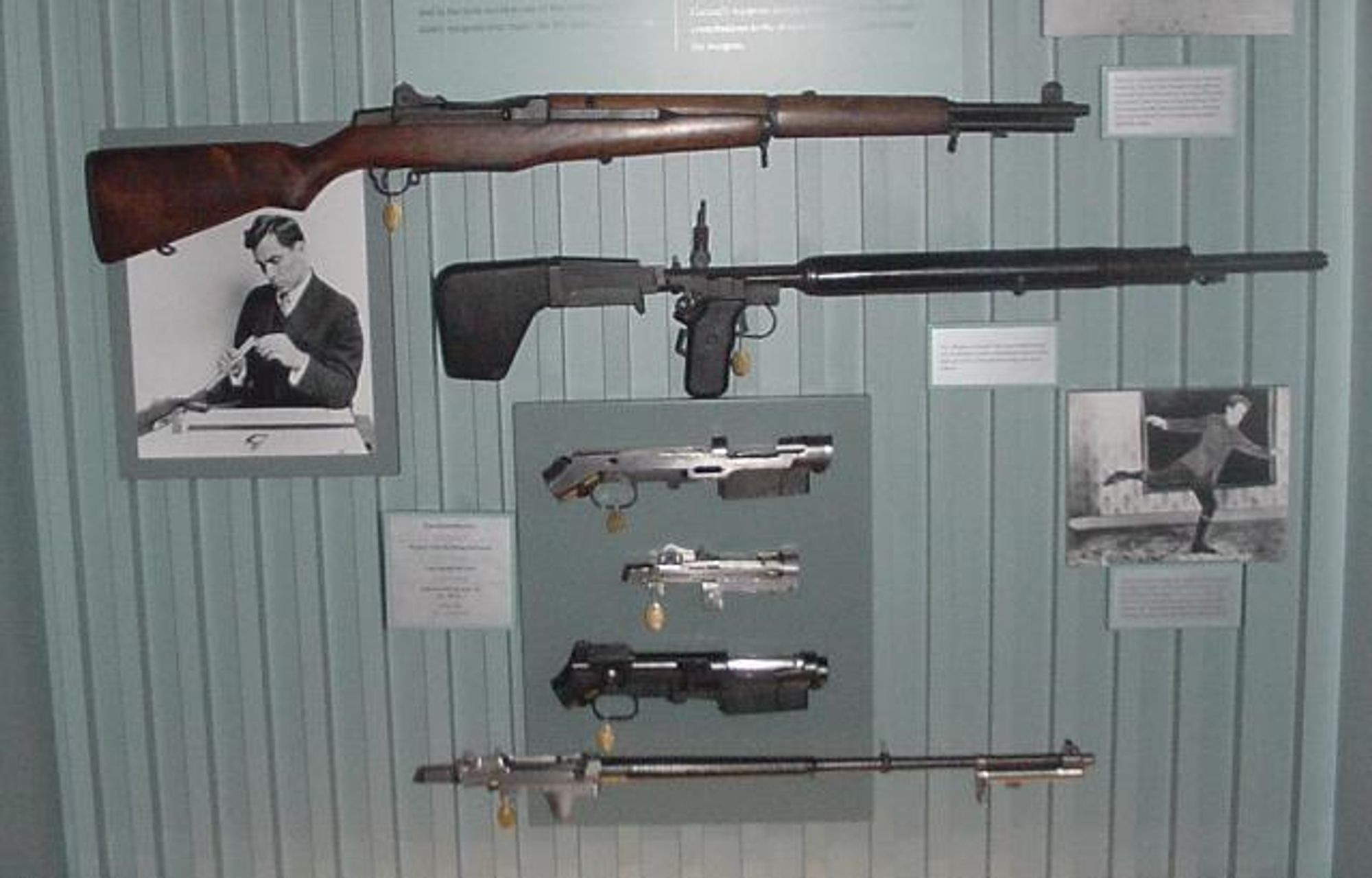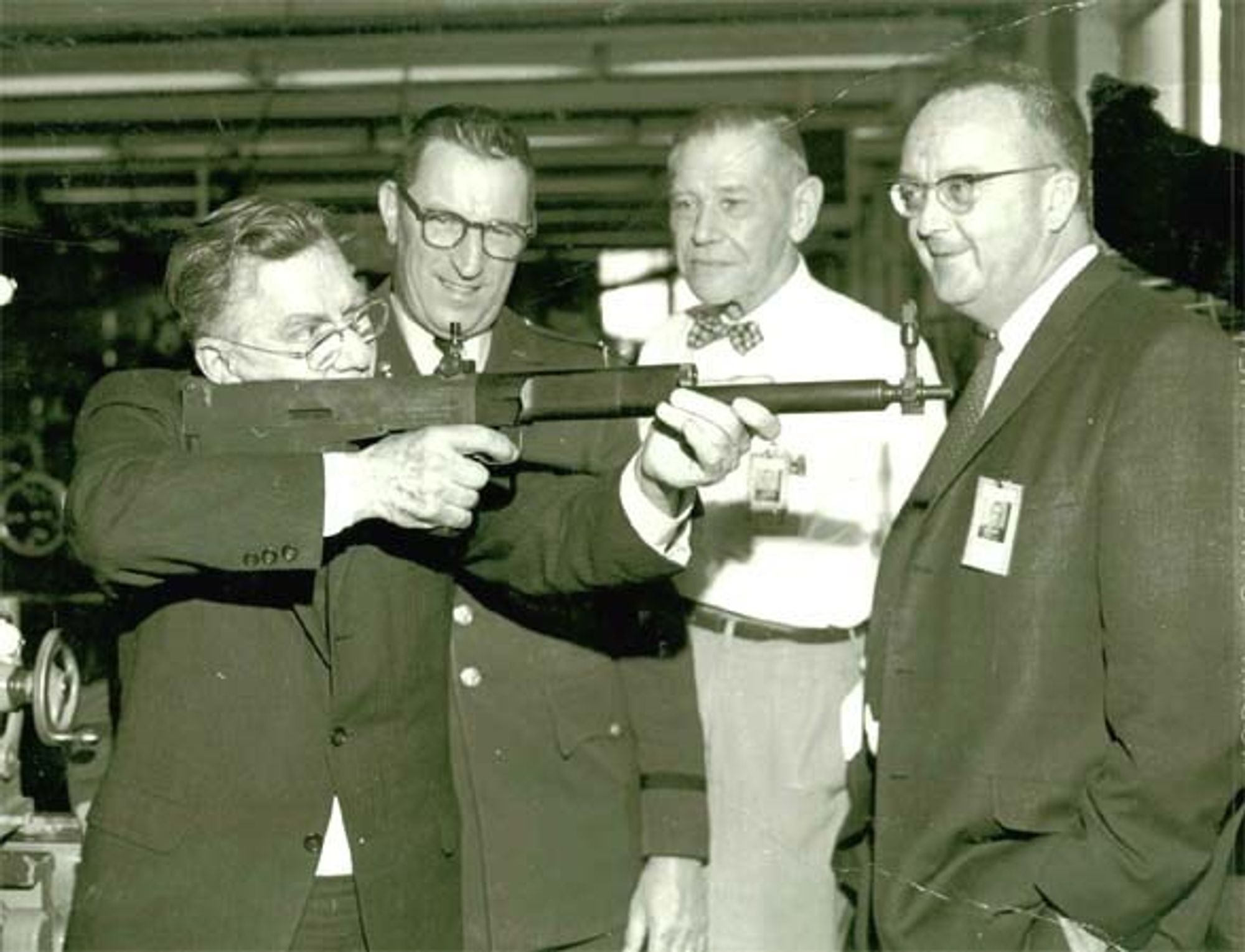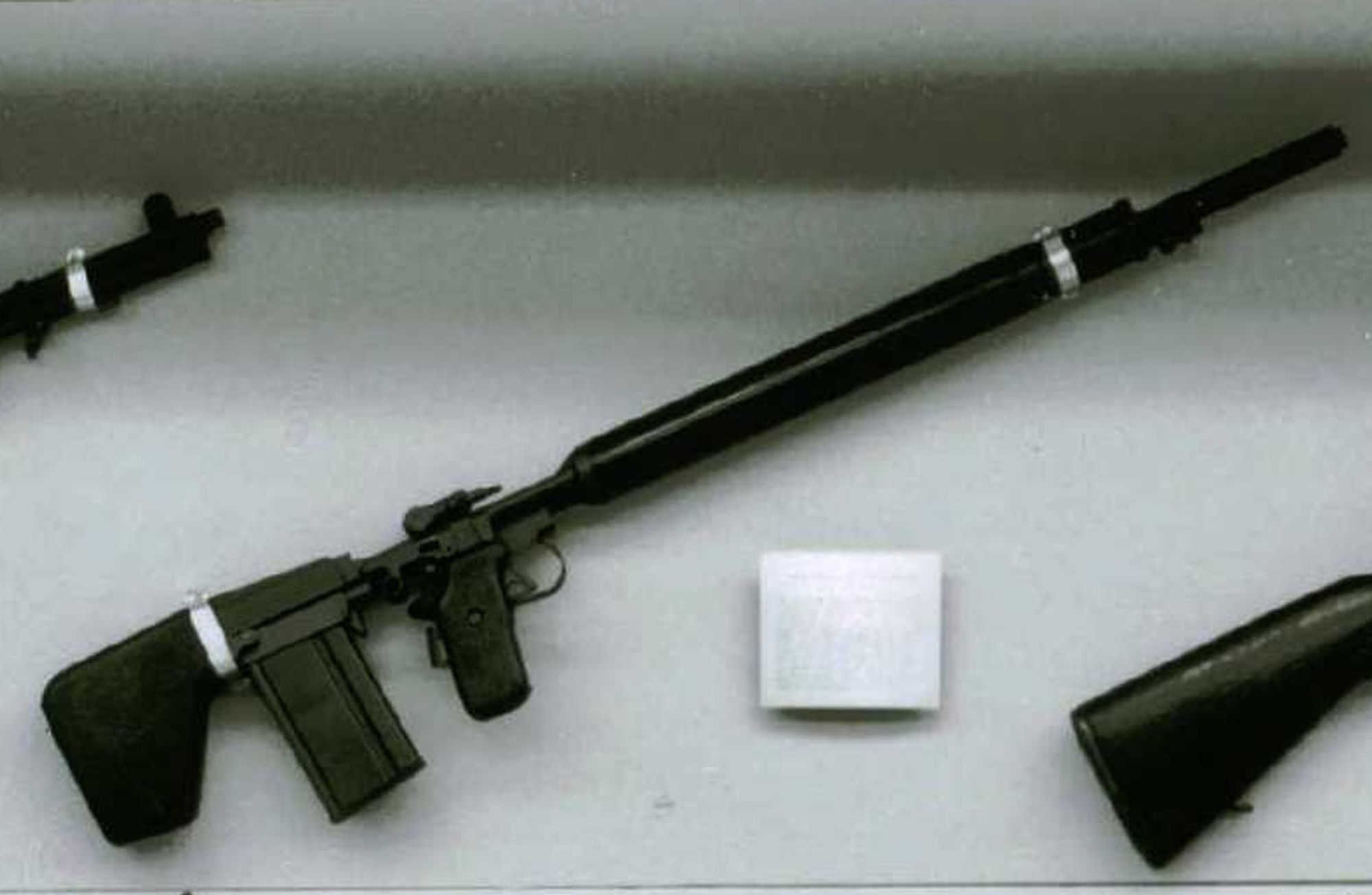Hi there, and welcome to #FridayFucksorSucks, a weekly game with simple rules - guns fuck, or they suck. This week, we have a genuinely weird middle child of history, the CEAM Modele 1950B. Chambered in .30 Carbine, it is a development point between the STG-44 and the CETME Model C/H&K G3.

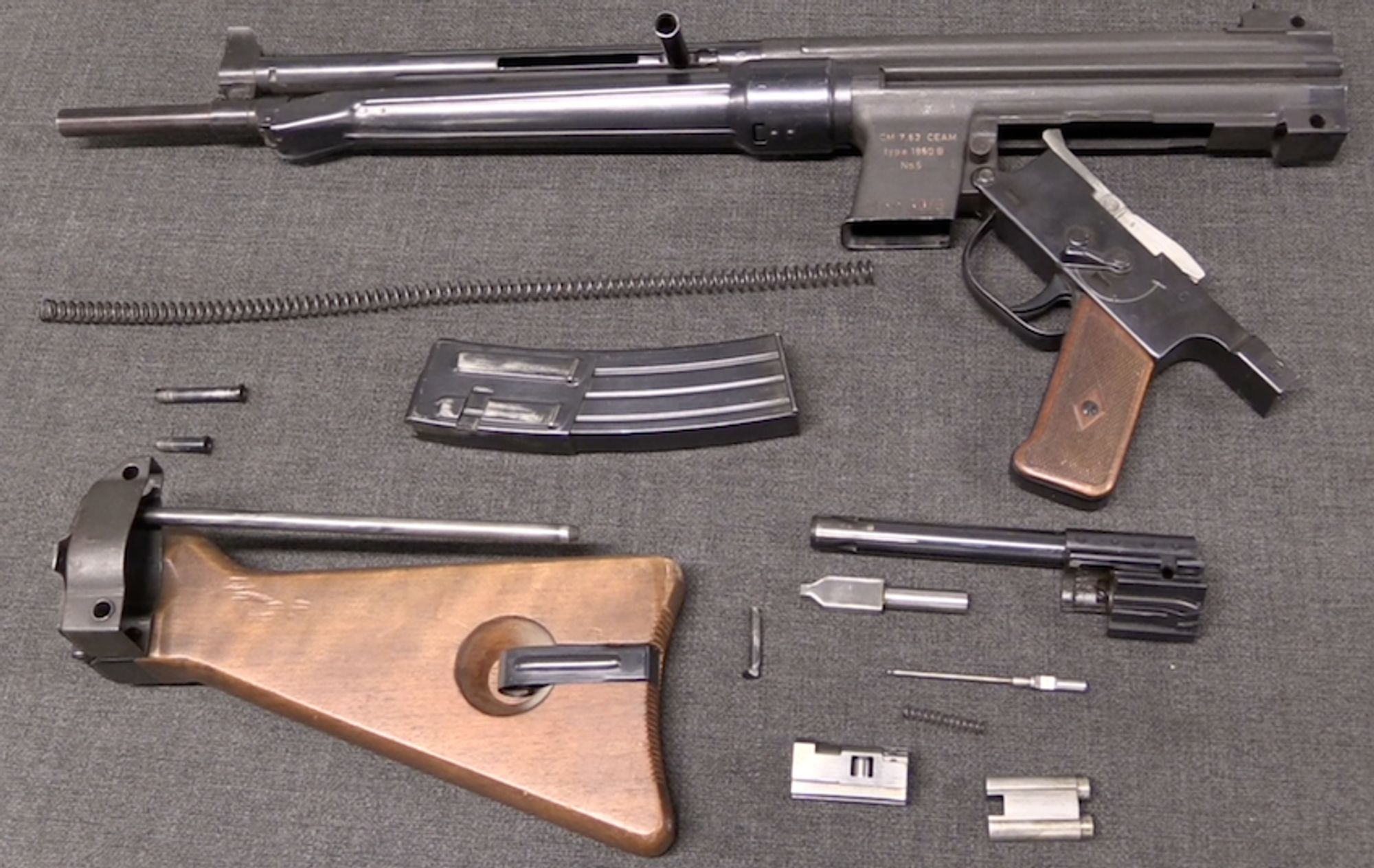
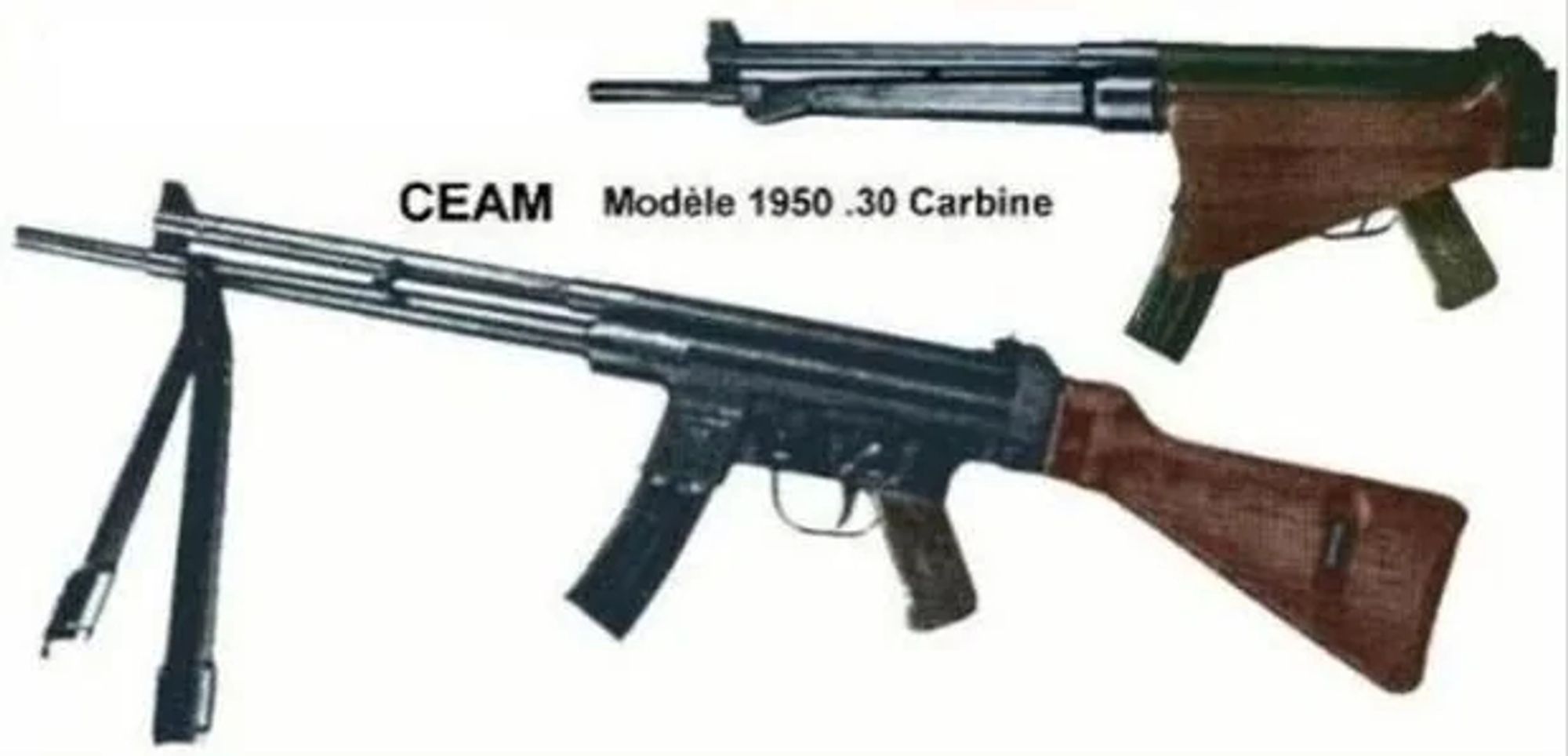
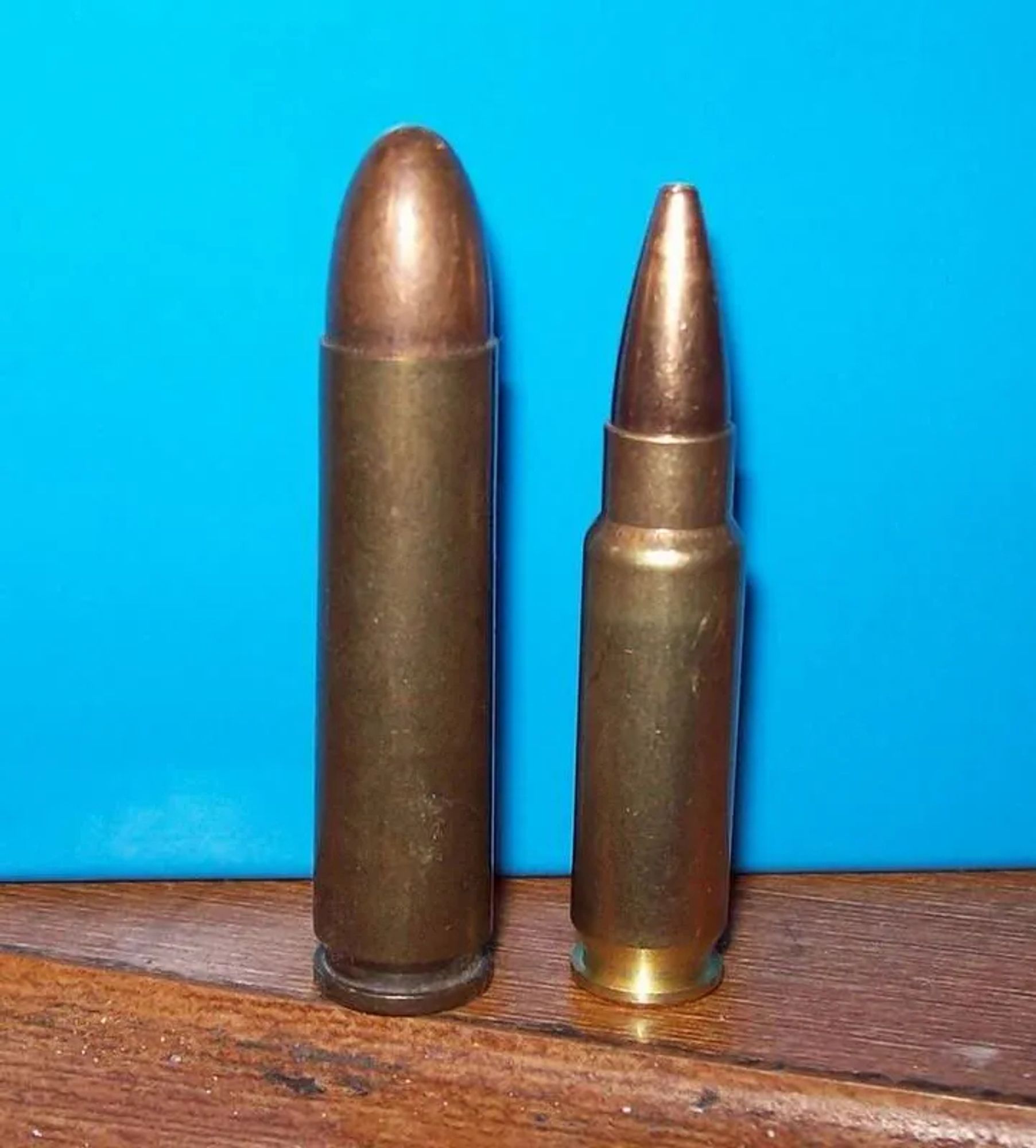
Hi there, and welcome to #FridayFucksorSucks, a weekly game with simple rules - guns fuck, or they suck. This week, the TKB-022PM, a Russian prototype rifle platform. Developed in 1959 and field tested, it had a radical design but it was unbalanced, difficult to field strip, and stayed a prototype.
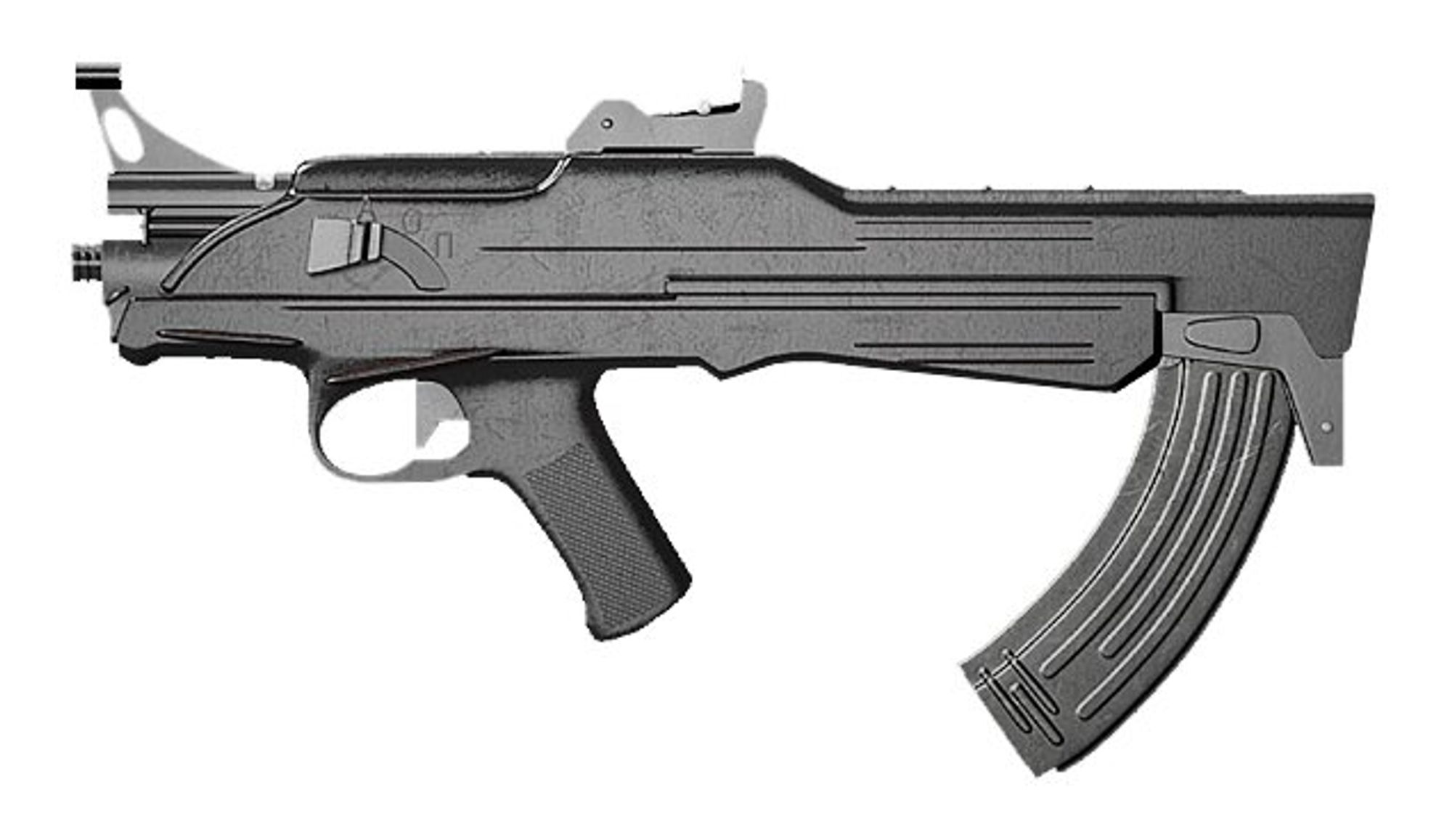
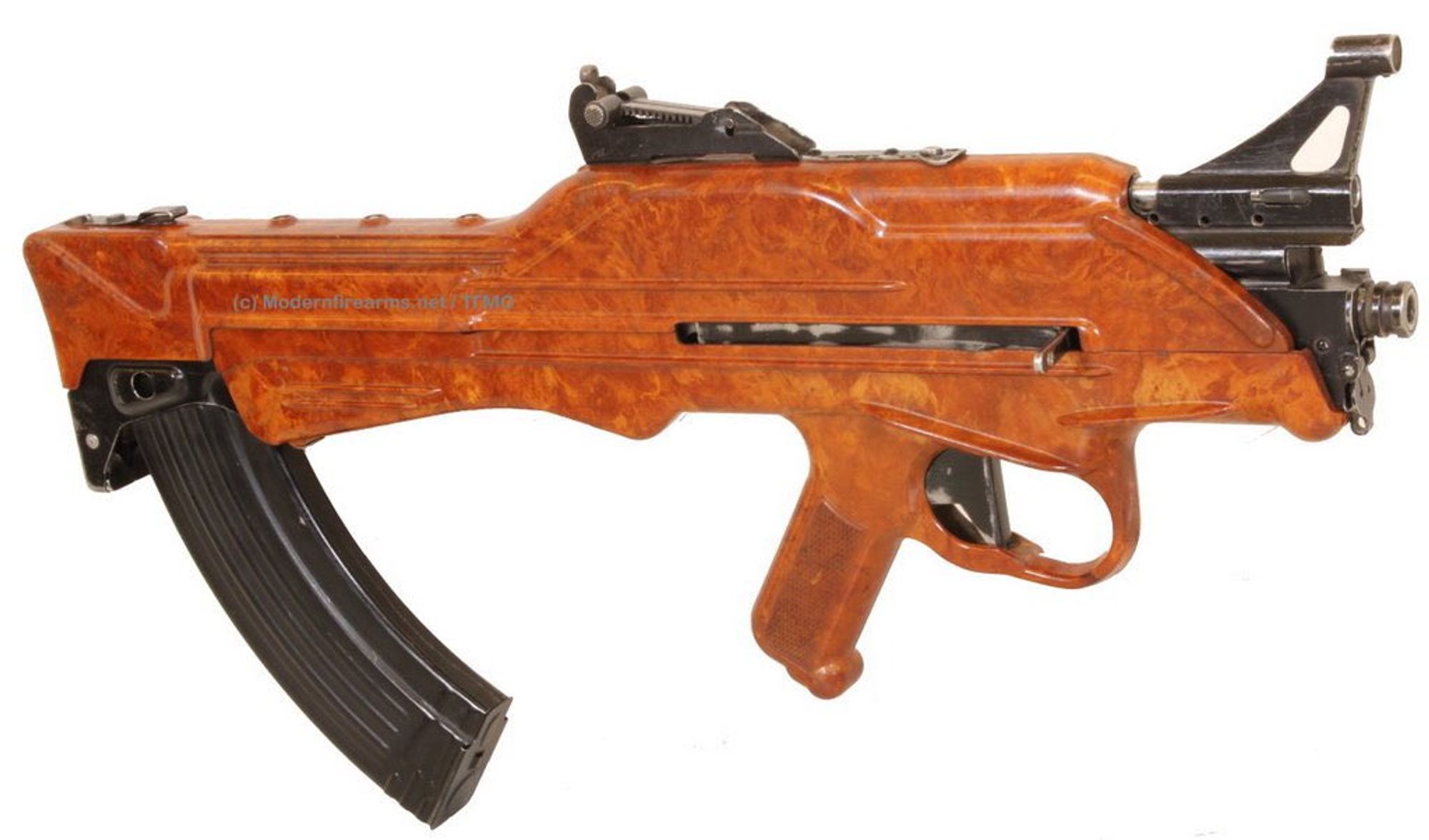


Hi there and welcome to #FridayFucksorSucks, a weekly game with simple rules: guns fuck, or they suck. This week: the Interdynamics MKS, a Swiss carbine in 5.56 using proprietary magazines that fit the pistol grip. Prototypes past stress testing but failed field testing due to difficulty shooting.

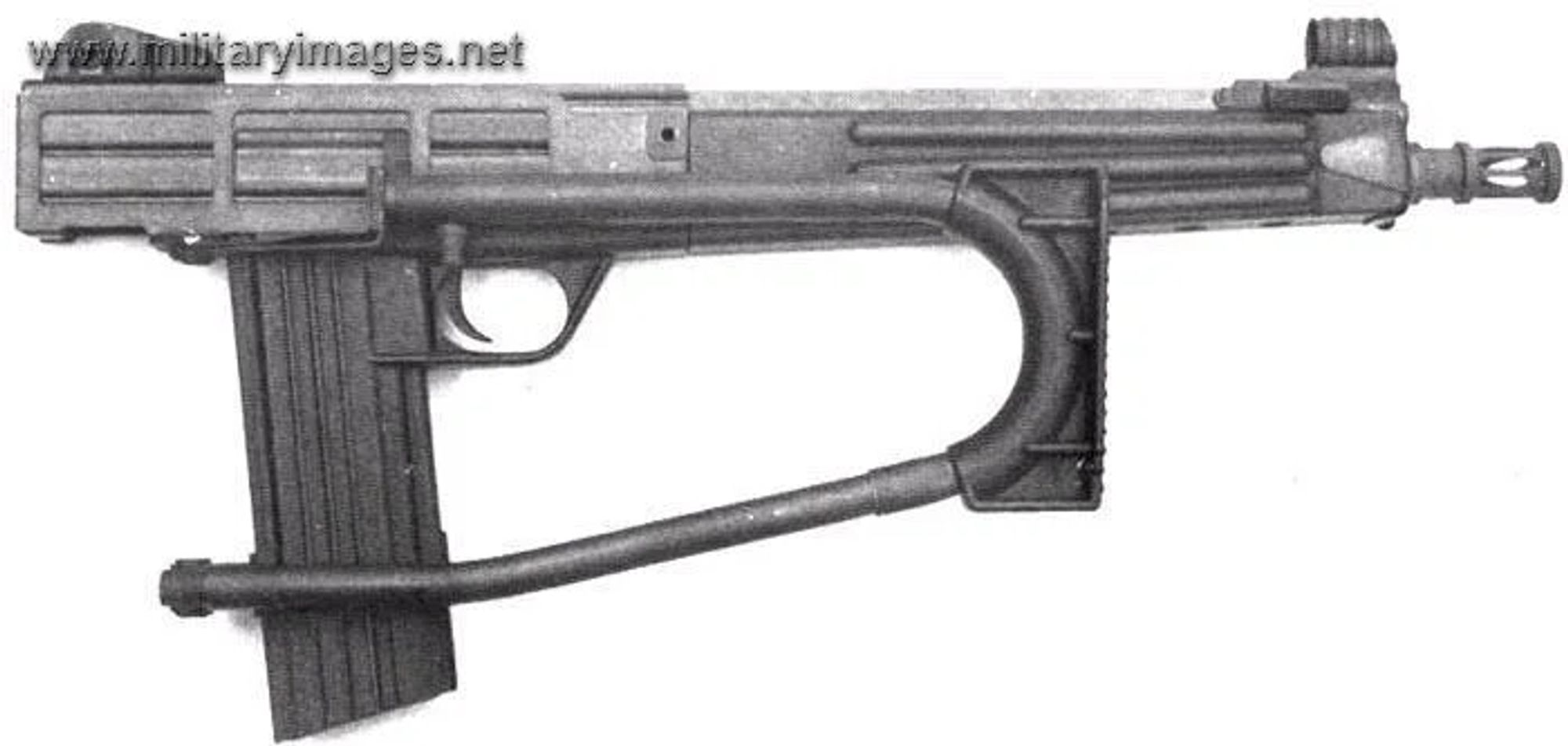

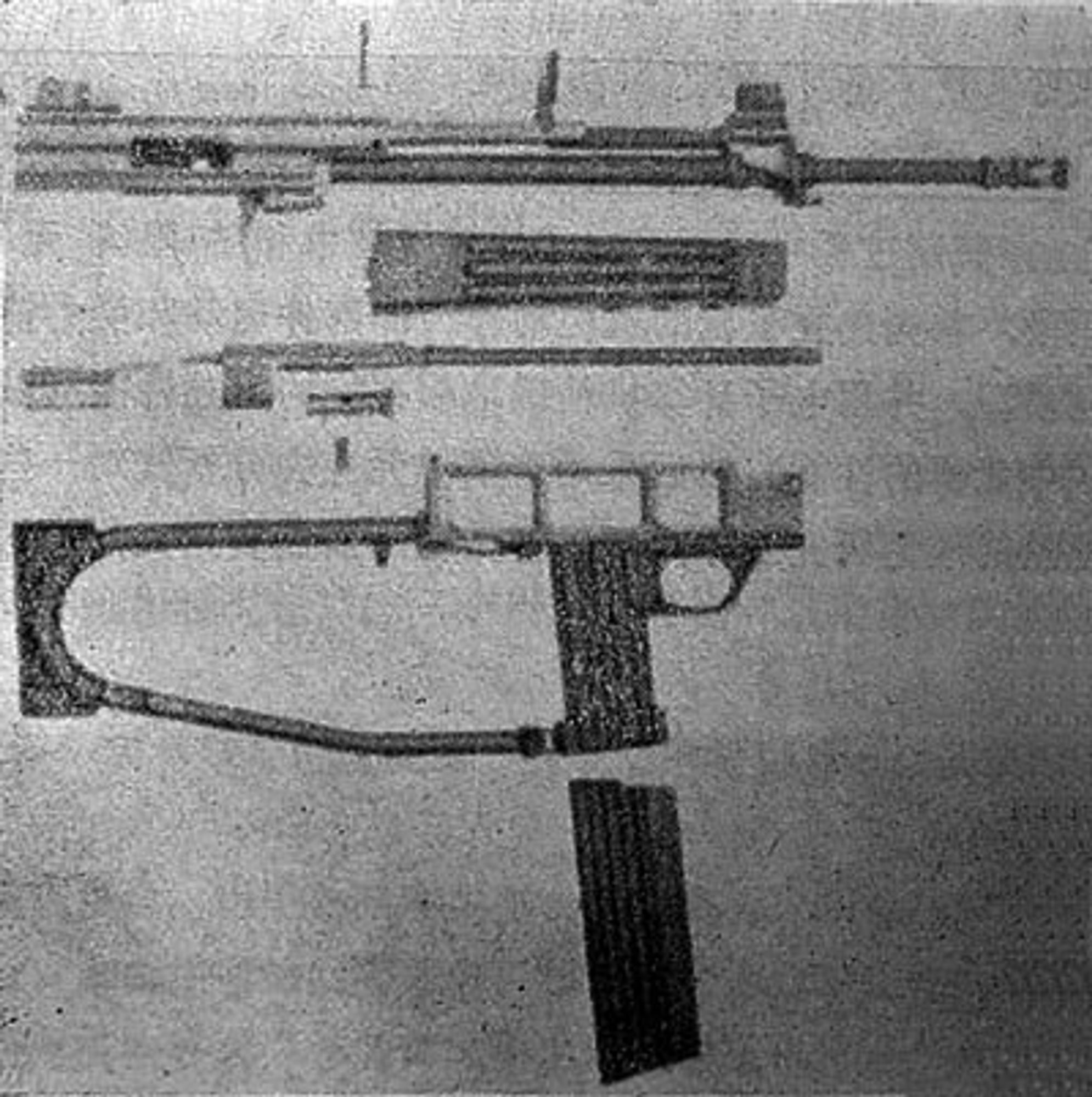
Hi there, and welcome to #FridayFucksorSucks! It's a weekly game with simple rules: guns fuck, or they suck. This week, we have the Portuguese AR10. Designed by Armalite but with the rights sold to a Dutch manufacturer, and a run of 5000 examples were adopted by Portuguese Paratroopers. Vote below!
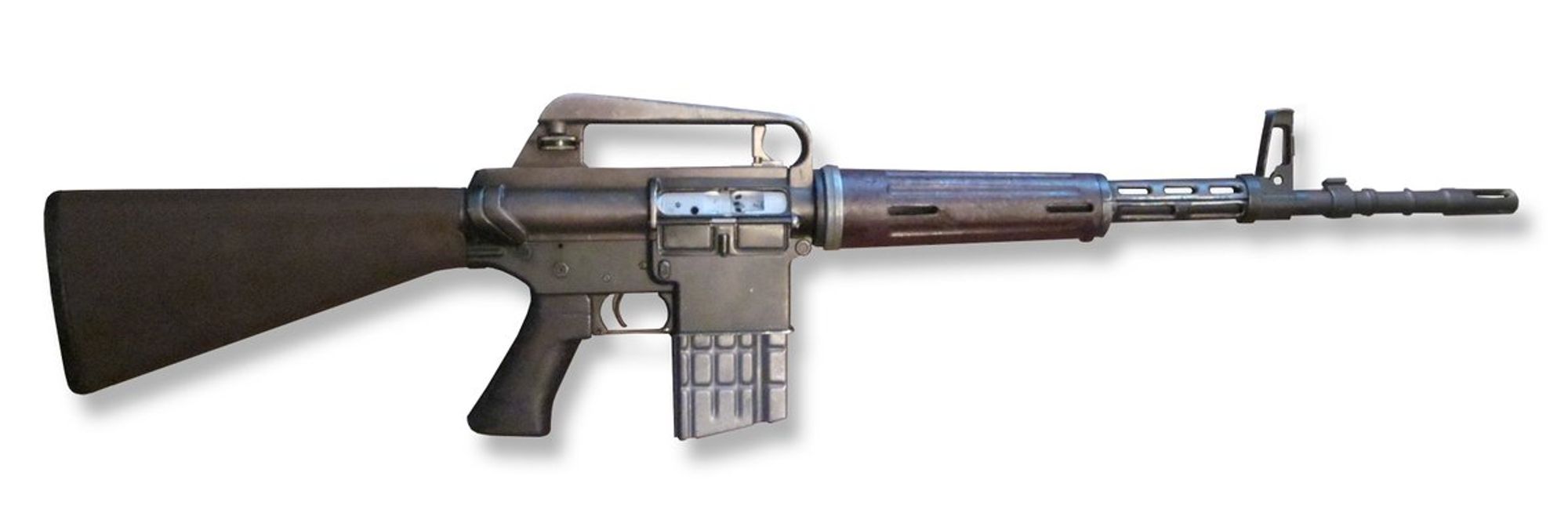

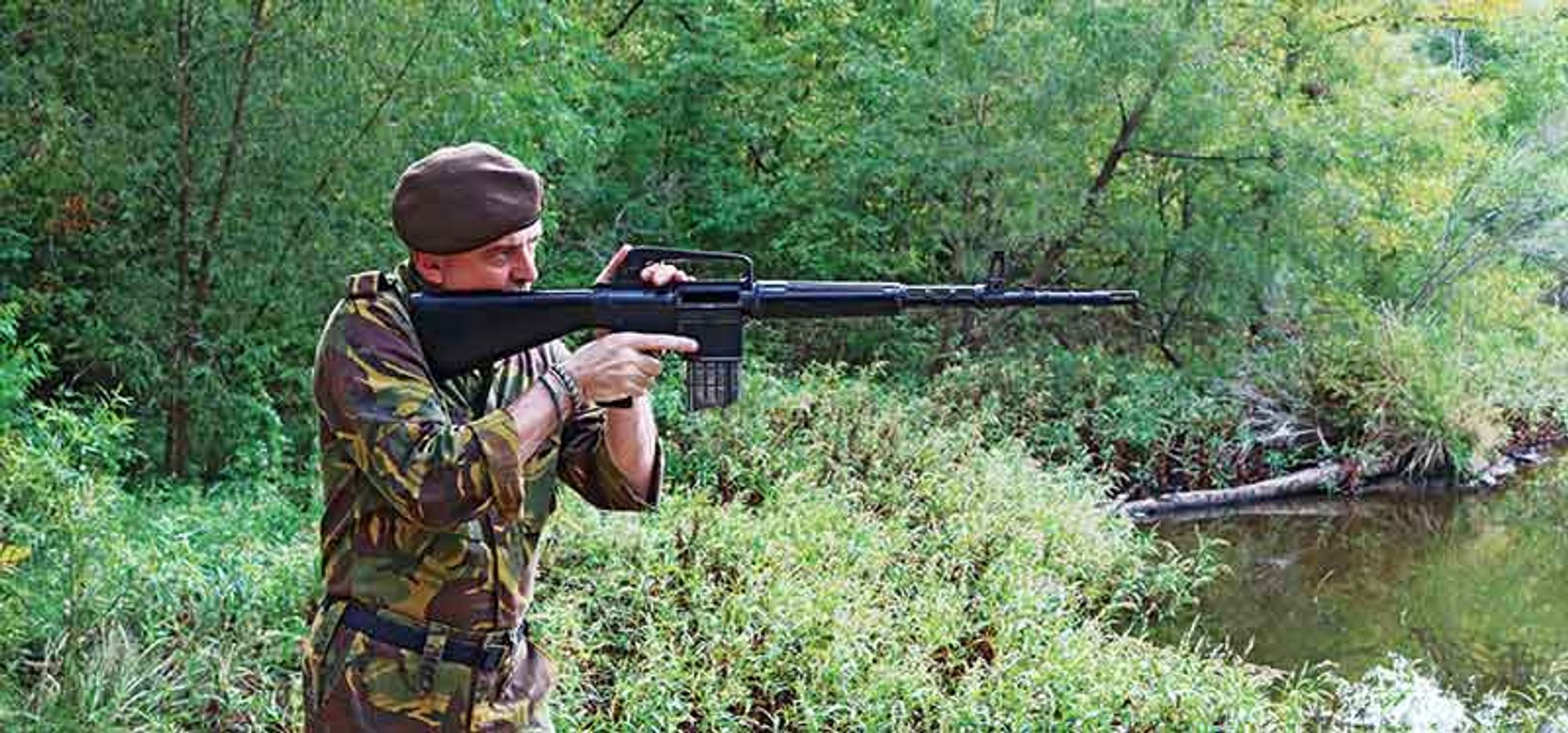
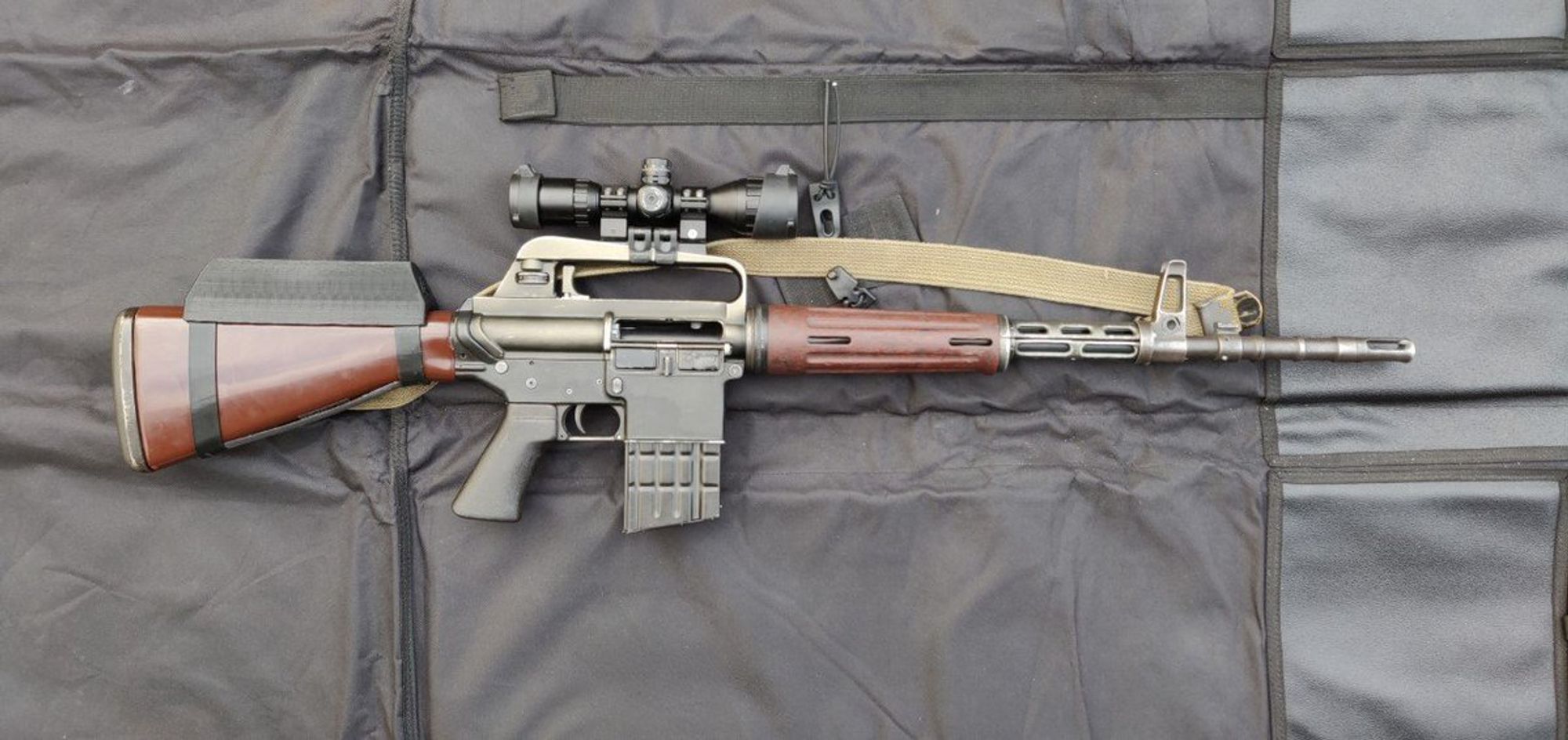
Hi there, and welcome to #FridayFucksorSucks, a weekly game with simple rules. This week, it's the TU-2SH "Fire Hedgehog." An experimental ground attack modification for the TU-2, it replaced bombs with 88 PPSH submachine guns each loaded with 71 round drums. It had ~4 seconds of fire. Vote below!




Hello, and welcome to #FridayFucksorSucks, a weekly game with simple rules: we vote on whether guns fuck, or if they suck. This week, it's the T31 Bullpup, one of the last designs John Garand put together while working with Springfield Armory. It's a prototype bullpup in 7.62 NATO. Vote below!

